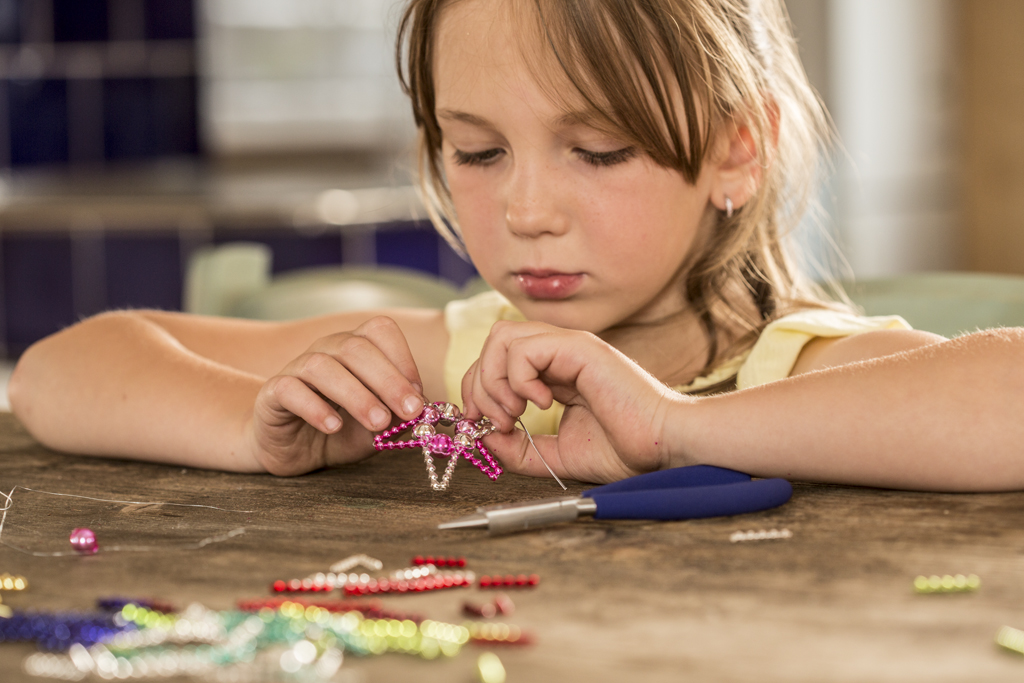Traditions, customs, and crafts - every nation has one and every nation is proud of the art that gets passed down from generation to generation. Therefore, not only tangible monuments deserve protection, but also treasures of history based on ancient folk traditions. Festivities, craftsmanship and folk art allow us to understand other people and even learn something new. Do you know what traditions are unique for the Czech Republic?
Verbuňk – an original folk dance
Moravian-Slovakian Verbuňk is a male folk improvised dance. It is not bound by precise choreographic rules and it only depends on the dancer what the dance will look like. It is widespread in the south-eastern part of Moravia - in the ethnographic region of Moravian-Slovakia and is so unique that as of 2005, you can find it on the UNESCO list. Verbuňk is part of traditional feasts, pilgrimages, and entertainment with music. You can see Verbuňk, for example, as part of the programme of the International Folklore Festival in Strážnice (June 23-26), where the finals of the annual competition for the best dancer of the Moravian-Slovakian Verbuňk are held.
The Vlčnov Ride of the Kings – a colourful spectre
Kings? And in the Czech Republic? Indeed yes! It is a beautiful and colourful folk festival accompanied by fairs, dulcimer and wind music concerts and dances. Once celebrated in the summer or around the solstice in almost every village in Moravian-Slovakia, today it takes place in only a few places and since 2011, it has been inscribed on the UNESCO list of intangible cultural heritage as a tradition essentially connected with south-eastern Moravia. The most famous Ride of the Kings is the one that takes place on the last Sunday in May in Vlčnov. Here you will get to see many of the costumes, entertainment and taste many regional specialties.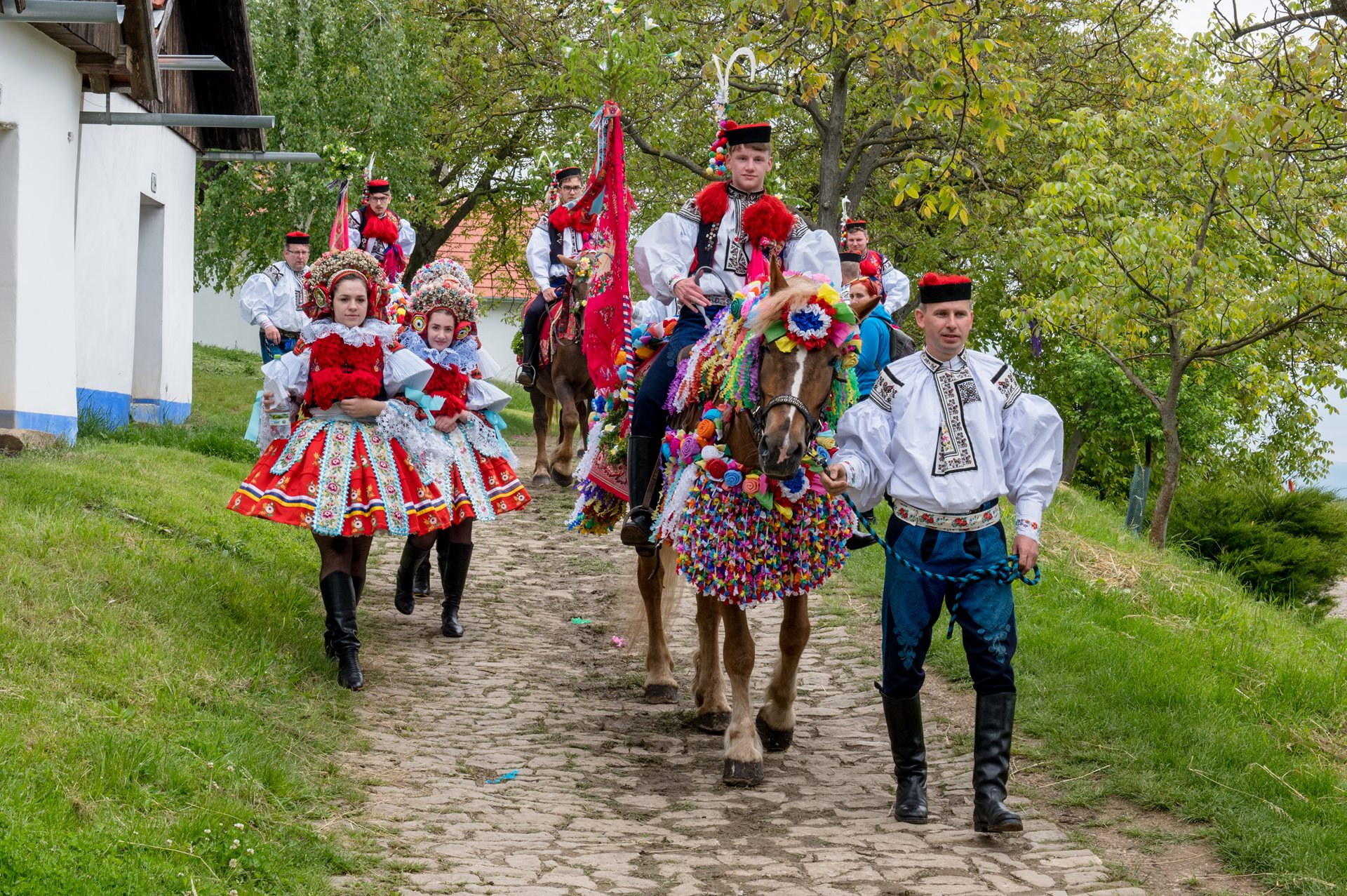
Puppets not just for kids
You cannot take a dance or a folklore festival home with you. But there is one tradition that you can pack in your suitcase. Puppetry has been on the UNESCO list of intangible cultural heritage since 2016, and anyone can take home a puppet as a souvenir. Puppetry has been known in the Czech Republic since the 19th century, and you would find a home puppet theatre in almost every family. Today, however, puppets can be seen in specialised theatres in Prague and Ostrava or in puppet museums, you can visit, for instance, the Puppet Museum in Chrudim, the Puppet Museum in Plzeň or the Puppet Museum in Český Krumlov.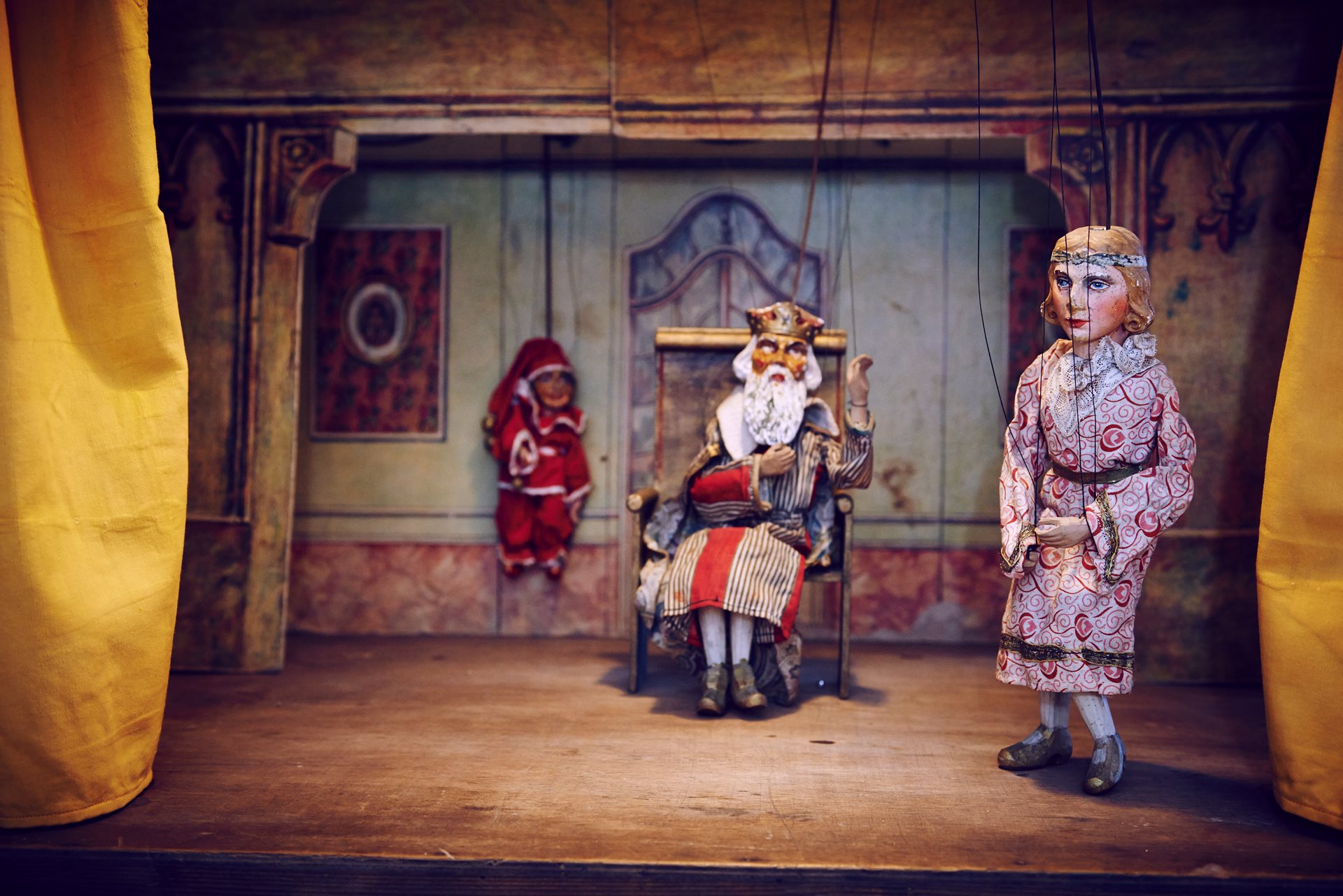
The beauty of Indigo Dyeing
In 2018, Resist Block Printing and Indigo Dying, textile techniques used in Europe since the 18th century, were added to the UNESCO list of intangible cultural heritage. If you want to see the production of Indigo Dyeing for yourself, you can visit two family workshops: the Danzinger Indigo Dyeing in Olešnice and the Arimo workshop in Strážnice. Both Moravian workshops offer guided tours that also feature a demonstration of the production process. You just need to book in advance. There are reportedly only six such workshops in Europe. And you could see Indigo Dye worn by Czech athletes, for example, during the Tokyo Summer Olympics in 2020, that took place in 2021. It was part of the sportswear gear for both men and women, worn as a tribute to Asia, as it was from there that Indigo Dyeing made its way into Europe.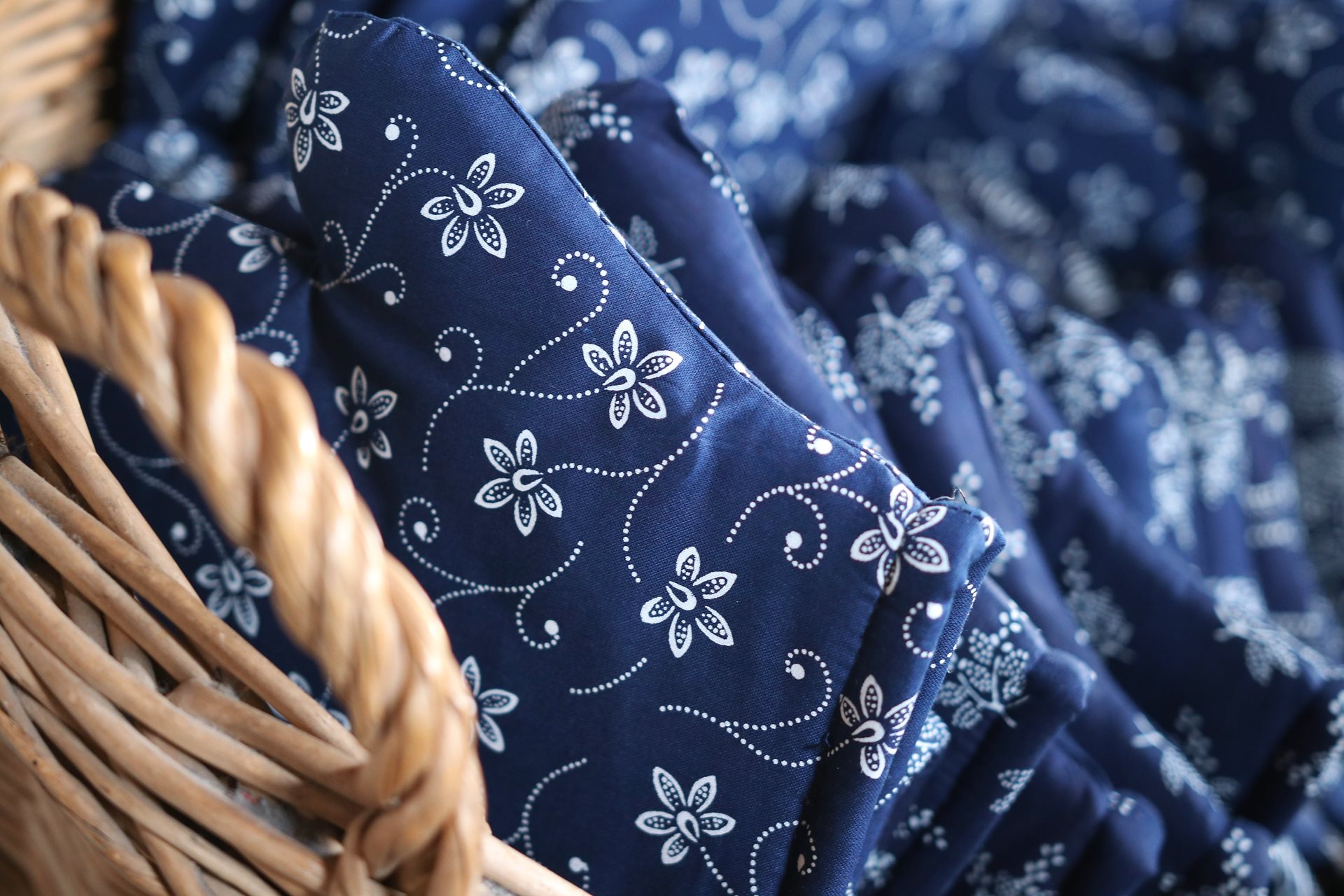
Carnival Processions in the Hlinec Region
Traditional carnival processions in several East Bohemian villages around the Hlinec Region also have a Czech origin. As in ancient times, today during the carnival, which usually takes place on the weekend before Ash Wednesday, a parade of masks passes through the village. You can learn more about the tradition in the Monument Reserve Bethlehem in the Hlinec Region, where there is a permanent exhibition of carnival masks and patrols. Carnival processions were inscribed on the UNESCO list in 2010.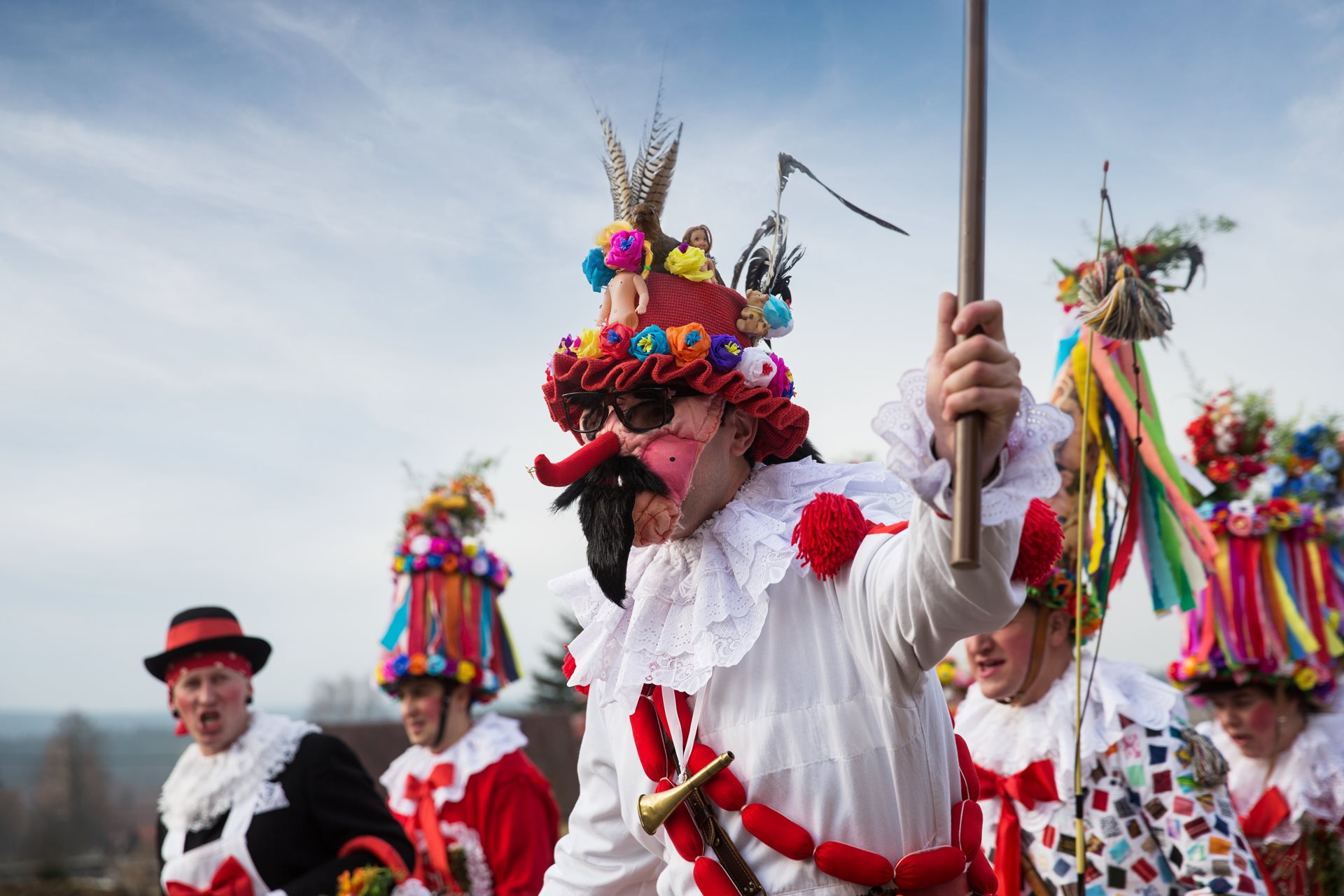
Blown-Glass Bead Decorations
Czechs may remember the fragile Christmas decorations made up of tiny glittering beads from their childhood. They are produced in Poniklá in the foothills of the Krkonoše Mountains, Rautis is the only manufacturer in the world. You too can come here and admire the art that has been almost lost. You can also test your own imagination and skill in the creative workshop or buy a nice souvenir in the company store in Poniklá. The production of Krkonoše ornaments from glass beads has been on the UNESCO list since 2020.